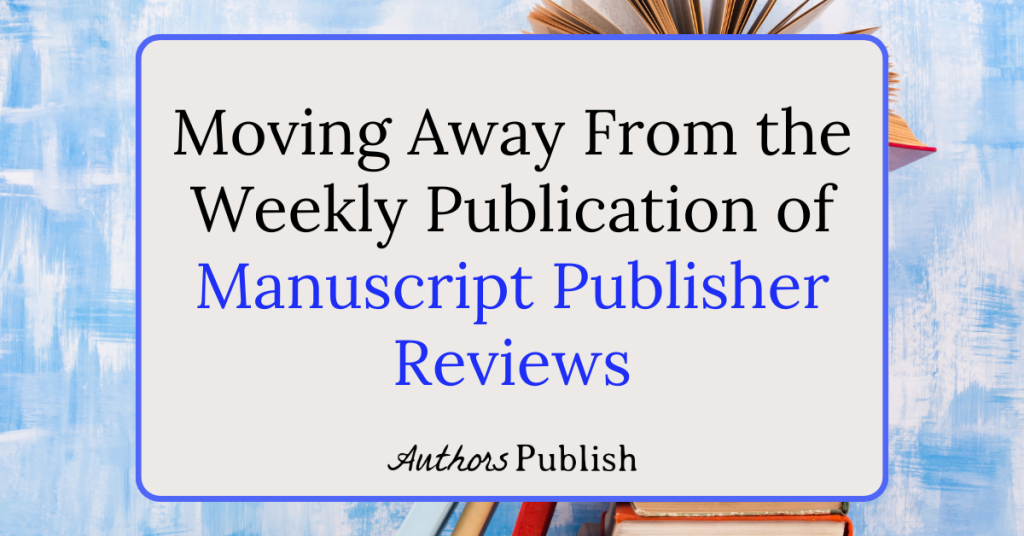‘The scariest moment is always just before you start. After that, things can only get better.’Stephen King
When I first started submitting my work to literary journals, each submission I made was a frustrating, time-consuming ordeal. I kept asking myself if each publication was the right fit for my poems. I kept wondering what would happen if my poems ended up at a journal that I thought was good, but actually turned out to be bad, even though I had no real idea what a “bad journal” was.
I think that this period of doubt, questioning, and of time-consuming submissions is just a natural part of starting out. But I do think the more knowledge you have about submitting, the easier it is to start. Anxiety about submissions is temporary, not something you will face all the time. But first before you submit, you have to make sure your work is ready to go out.
Preparing Your Work
How do you know your work is ready? That is perhaps a question you will be asking yourself for the rest of your life. But a good place to start is that all work you submit should be edited and revised. Did you just write that poem 10 minutes ago? It probably isn’t ready to submit. Did you write that poem a week ago and spend a lot of time revising and editing it, maybe getting feedback from others? It is probably ready to submit. Short stories and creative non-fiction usually takes longer to polish just because there is more potential for errors because of length.
When you submit short stories and creative non-fiction, you submit one piece at a time. Poetry doesn’t work that way, generally you submit 3-5 poems at a time. This article should tell you all you need to know to get started making poetry “packets”. If you are a poet it is also good to read the article 3 Obvious Mistakes New Poets Make so you can avoid making those mistakes yourself.
I would urge you to have several pieces or several packets ready to go before you try and find literary journals to submit to. Even if you are simultaneously submitting the same piece to more than one literary journal (which most literary journals encourage, as long as you notify them if it is accepted elsewhere), having more than one short story or poetry packet lets you submit to even more places at once. Because even with simultaneous submissions being allowed, it isn’t wise to submit the same piece to more than 10 places at once. Besides I am always surprised by what poems of mine get accepted first; it is often the ones I have thought of as middling (ok, not great).
Cover Letter and Biographic Statement
The second step is to prepare a cover letter and a short biographical statement (also known as a bio). This article by the editor of the literary journal Neon is very helpful to read before writing your cover letter. My main advice in terms of a cover letter is to keep it short and sweet. Mine is two sentences. If a journal asks for more, I will edit it in.
A good bio is a hard thing to write, and I generally have more than one depending on the publication. But I always keep my bio under 50 words unless the publication explicitly states otherwise. You can read my in-depth article on the subject here.
I use the same bio(s) and cover letter over and over again, and that is part of what makes me an efficient submitter.
Before you start the actual submission process you should read this article, which talks about the 3 things I wish I knew when I started out.
Finding and Researching Literary Journals
The third step is to start researching publications that might be a good fit for your work, although that is really hard to figure that out. There are publications that publish poems that have a lot in common with my work tonally and thematically that have rejected my work time and time again. There are also literary journals that have published my work where my poem is entirely different from everything else in the journal. So when I evaluate a site or a journal, I don’t necessarily try and look to see if they have published anything stylistically similar to my work. Rather, I see if there is something I enjoy reading there, even if it is not in my genre, and I would not be able to write something like it in a million years. If I can find a piece like that, or I really like the cover art, I submit.
Now you might have different ways to judge a journal, and mine have changed over the years, but never submit to a journal that it would not be exciting in some way to be published in. If you look at a journal and hate the way the website looks and how embarrassing it would be share this link with all your friends – please don’t submit! It is just that simple.
The most important part of researching is finding literary journals in the first place. There are a number of options, all imperfect. We at Authors Publish regularly review literary journals and compile lists of literary journals. We even have this list for new writers. There is also Duotrope, which you can learn more about here. Duotrope is what I started with and what I still use.
Poets & Writers Literary Journals listing is unable to hide markets that charge a fee, but they do a good job otherwise. The (Submission) Grinder has a lot of potential but is not used enough to be as helpful as it could be. The Review Review which does a good job at providing information about some of the options out there. New Pages has a good listing service as well.
Submittable started a new free listing service which you can learn more about here. Entropy also has a very good monthly list of who is open for submissions (although it is far from error free).
Submitting Your Work
Once you have found a publisher you want to submit to, read their submission guidelines carefully and follow them. You should already have all the components (short story, cover letter, bio) of your submission ready, so the submission process itself is not very time consuming. Most publishers accept electronic submissions these days, either through email or through submission manager Submittable.
Now don’t stop with that one publisher. Keep submitting! But track your submissions in a Word document or Excel file, note the name of the literary journal, the date you submitted, and the piece (or pieces) you submitted to them in a file and update the file when you receive an acceptance or rejection.
Once you have gotten used to the process, start to set goals for yourself; they can be monthly goals or yearly goals, but stick to them. The longer you submit the easier the whole process gets, and I really wish you the best of luck!





